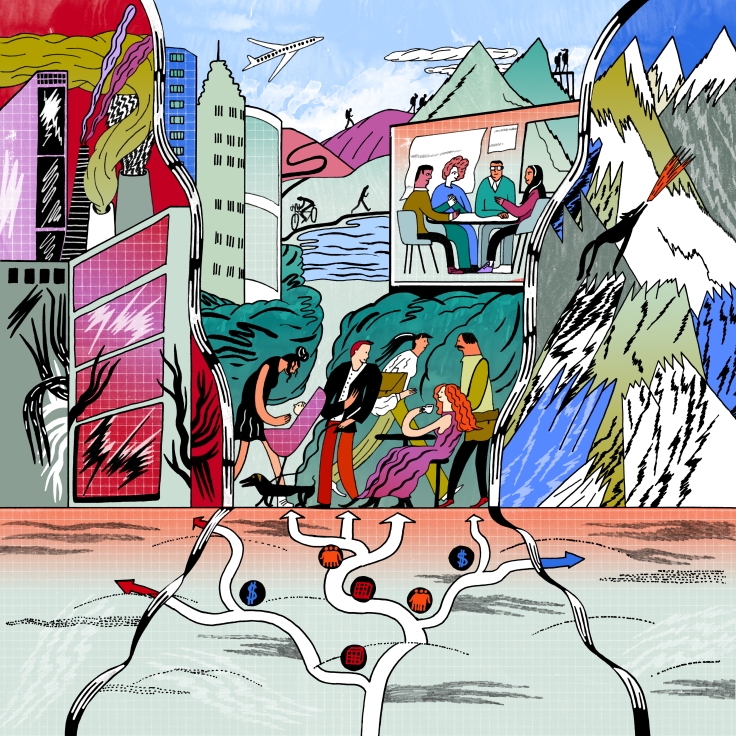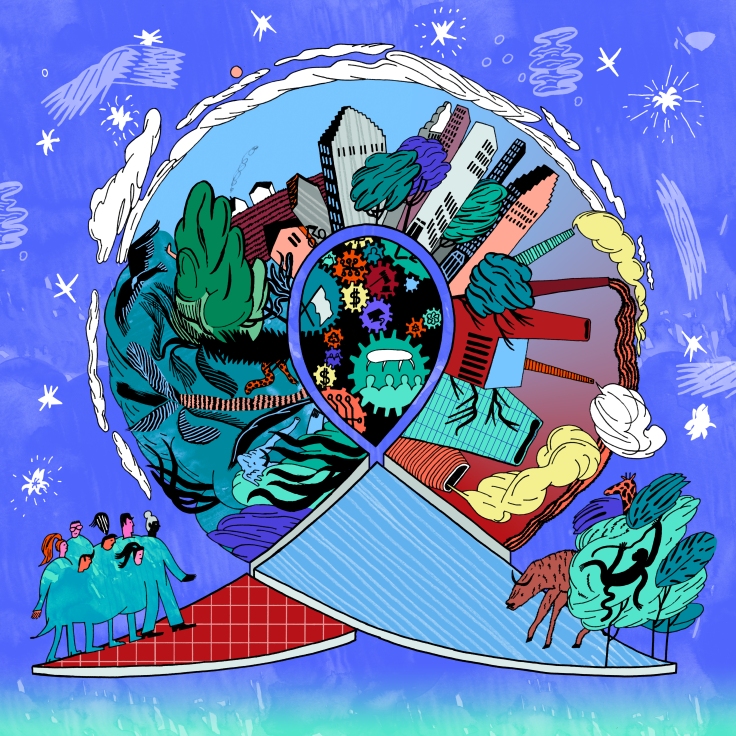Key terms that appear on our blog, and in our work – browse our visual glossary to better understand them.
Illustrations by Anastasia Strockova. Click on the images to see them in full.
Česká verze glosáře je k dispozici zde.

Biodiversity
Variety of life on Earth, in all its forms and all its interactions. Biodiversity brings together the different species and forms of life and their variability (temporal and spatial), in other words, their evolutionary dynamics in various ecosystems. Traditionally, there are three levels of biodiversity: genetic diversity, species diversity, and ecosystem diversity.

Ecosystem services
Ecosystem services are benefits to humans provided by the natural environment. Such environment includes ecosystems such as agroecosystems, forest ecosystems, grassland ecosystems and aquatic ecosystems. These ecosystems offer such things like natural pollination of crops, clean air, extreme weather mitigation, and human mental and physical well-being. Collectively these services are often integral to the provisioning of clean drinking water, the decomposition of wastes, and resilience and productivity of food ecosystems.

Justice and Equity (environmental)
Justice is concerned with the fair treatment and meaningful involvement of all people. It can be understood as a set of conditions regarding the distribution of resources, political processes and social recognition, that are fair, inclusive and allow for human flourishing. (In)justice is asking the question of who, how and where benefits. It includes recognition of different needs, values, preferences and identities with the respoct to an individuals’ expressions (recognitional justice), participatory and inclusive decision-making processes that involve citizens (procedural justice) and equitable and accessible allocation of resources (distributional justice) in space and time. The dynamics of inequity that were formed in the past should be understood and acknowledged wihle it is important to recognise how the dynamics could unfold in the future to implement recovery measures.
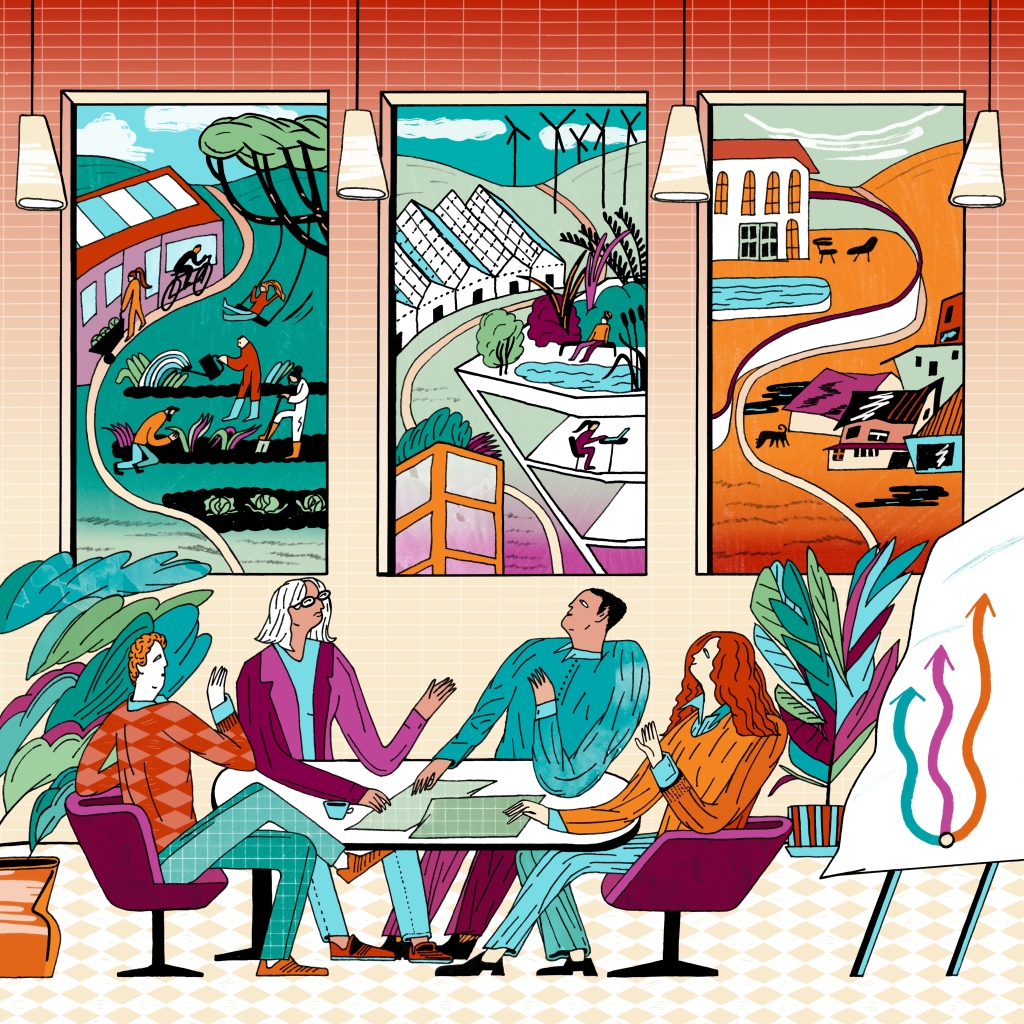
Scenarios
Scenarios are representations of possible future development of nature and society, or their specific realms or sectors (e.g. energy, climate change). They frequently focus on the root causes (driving forces) such as changes in public opinion, political and societal decision making. Scenarios usually fall into two categories: exploratory scenarios, which outline a broad range of plausible futures, and normative (target-seeking) scenarios, which aim to describe futures that we find desirable. Scenarios are used to facilitate collective thinking about the world around us, and as the basis for policy- and decision-making.
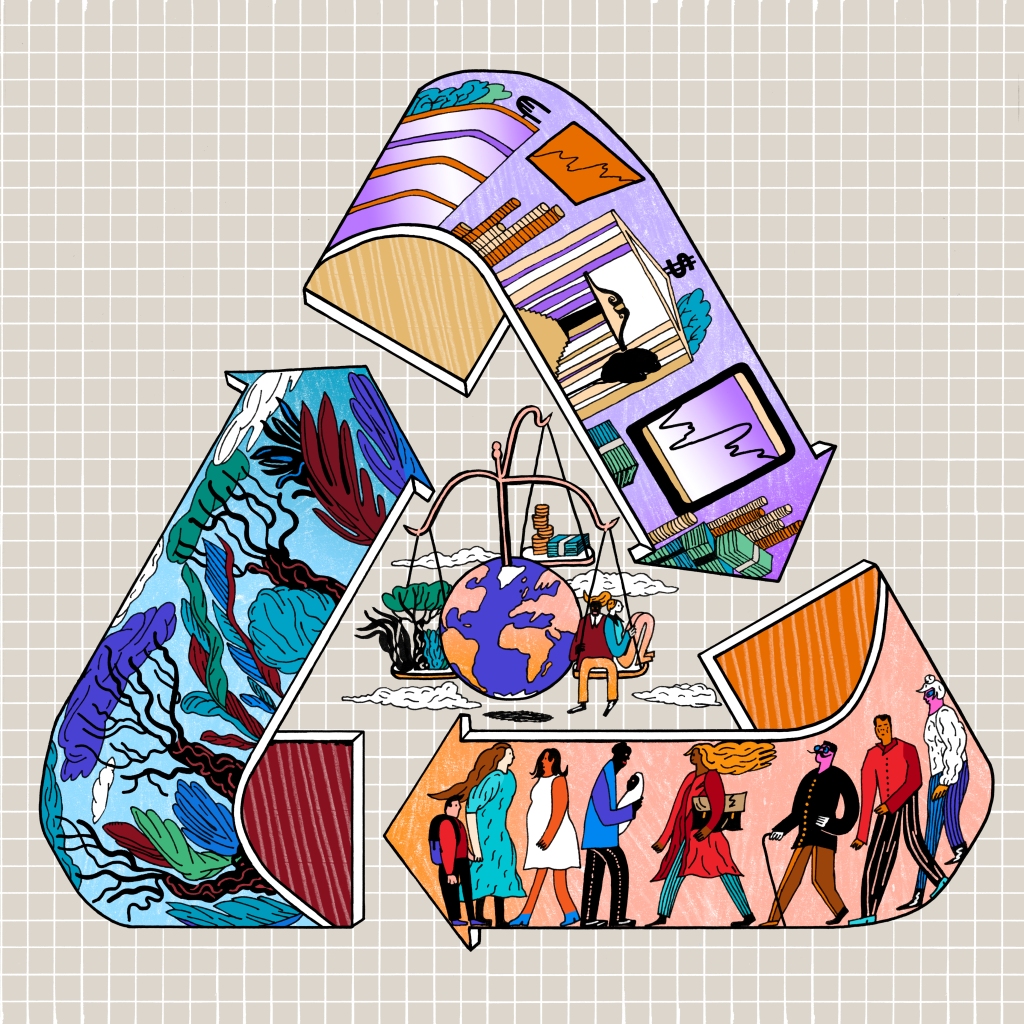
Sustainability
Sustainability is the balance between the environment, social equity, and economy – the integration of environmental health, social equity and economic vitality in order to create thriving, healthy, diverse and resilient communities for this generation and generations to come. The practice of sustainability recognizes how these issues are interconnected and requires a systems approach and an acknowledgement of complexity.

Ecosystem accounting
Ecosystem accounting is a statistical framework for organising data, tracking changes in the extent and the condition of ecosystems, measuring ecosystem services and linking this information to economic and other human activity. It aims to illustrate the benefits society receives from ecosystems and their services.

Governance
Governance is the process of managing a place or a resource. Governance can refer to laws, policies, plans and actions. Governance can be performed by a wide variety of people and organisations, including governments, civil society, the private sector and citizens.
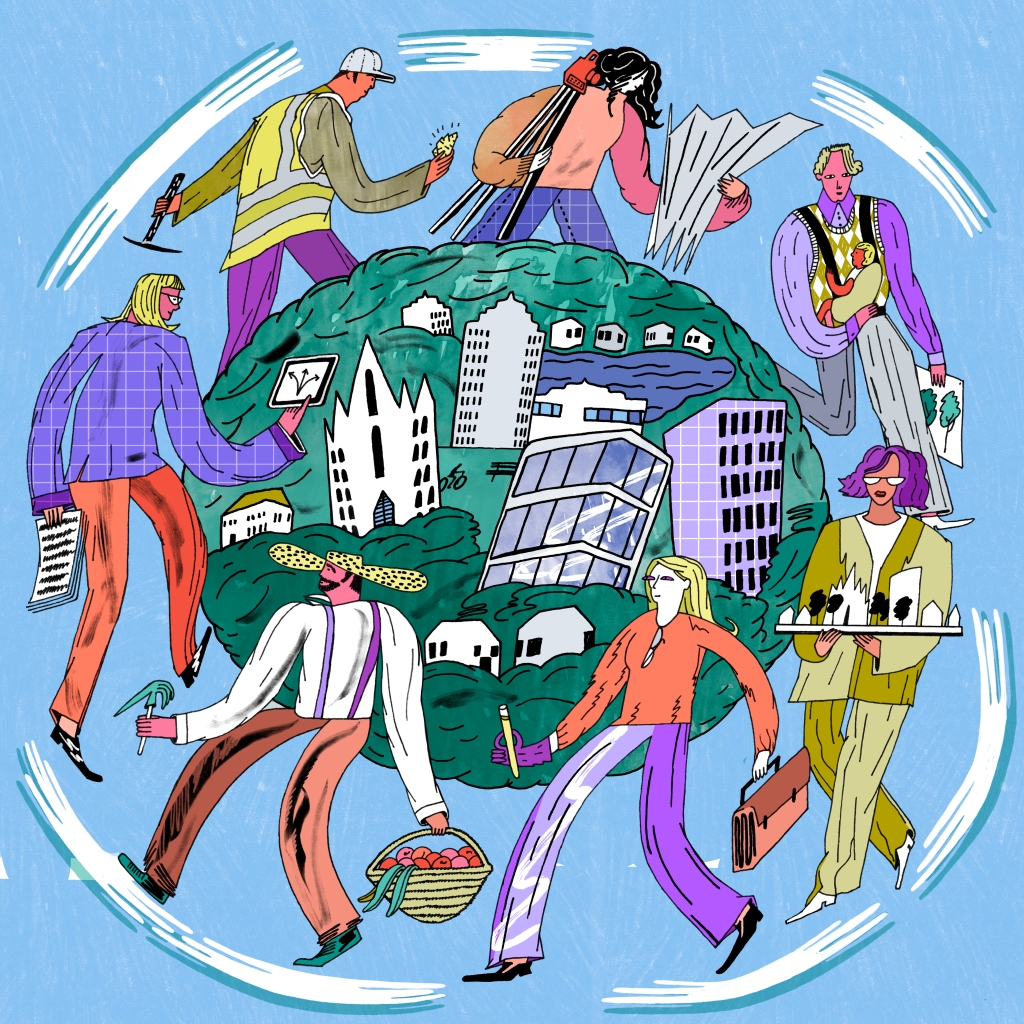
Participation, co-production and transdisciplinarity
Participation can be understood as people’s active engagement in decision-making or a research proces. The strength of participation lies in bringing together a wide range of knowledge, expertise, perspectives and values. Participation is an important element of transdisciplinarity, i.e. approaches that bridge scientists with practitionaires in the process of knowledge co-production. Simply saying – participation allows scientists, policy-makers and other stakeholders to think together over complex issues and to come up with new ideas that enable to formulate sound and acceptable solutions and decisions.
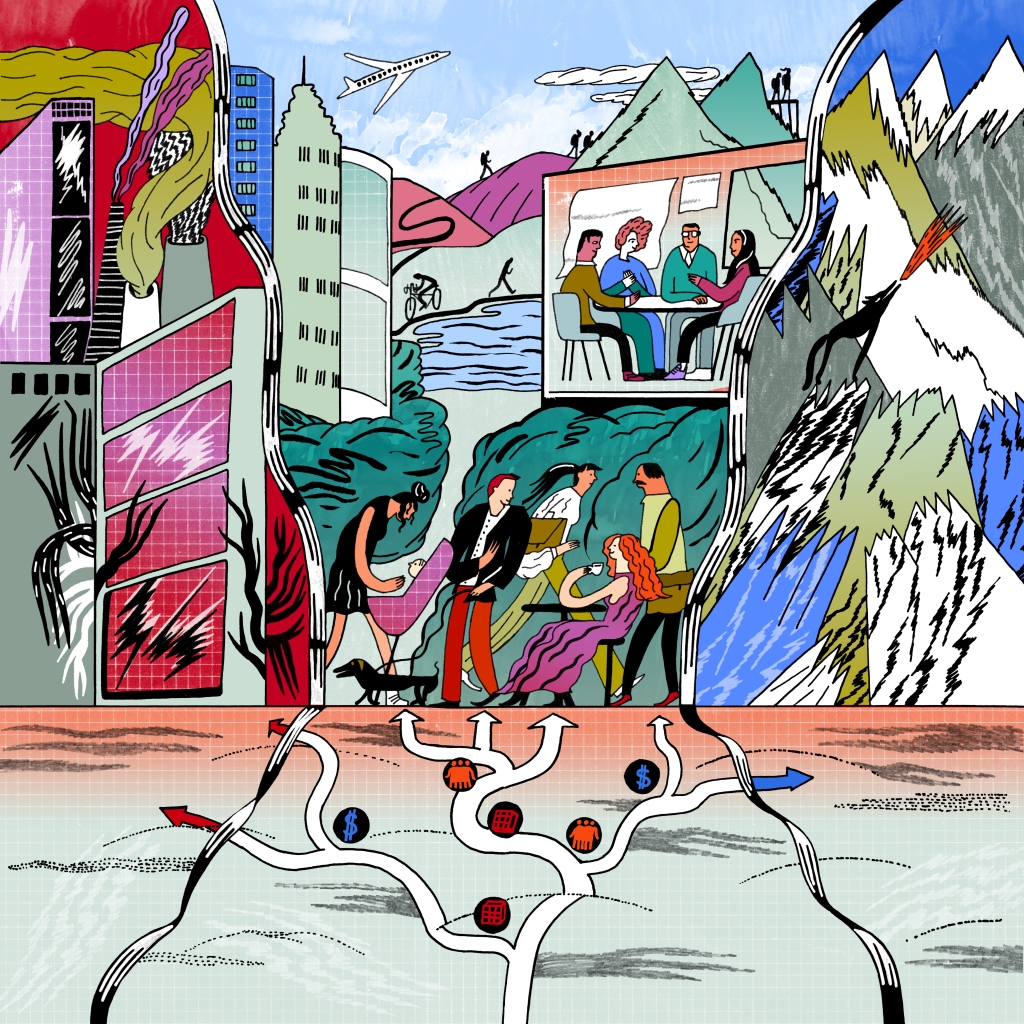
Pathways
Pathways represent a type of future scenarios which describe series of decisions or actions aiming to reach societal, economic or environmental sustainability. These series of decisions and actions are usually designed in collaboration with experts and the public, and serve as the basis for modelling potential future impacts on nature, its contributions to people and good quality of life.
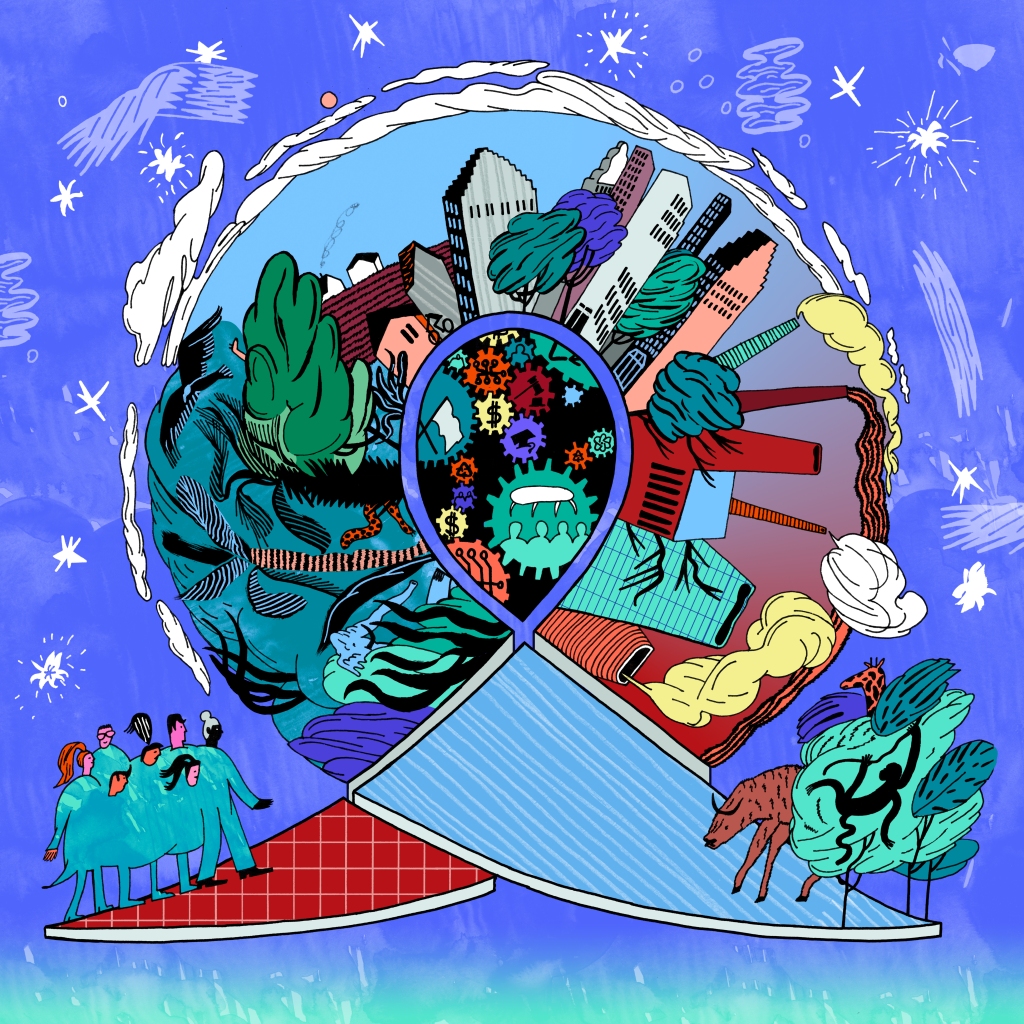
Social Ecological Systems (SES)
SES are complex and adaptive systems in which human societies are embedded in nature. The social component consists all human activities such as economy, culture, technology or politics. Ecological part refers to all components of nature (biosphere), for example biodiversity or hydrosphere. In general, it is a dynamic, complex system with continuous adaptation.
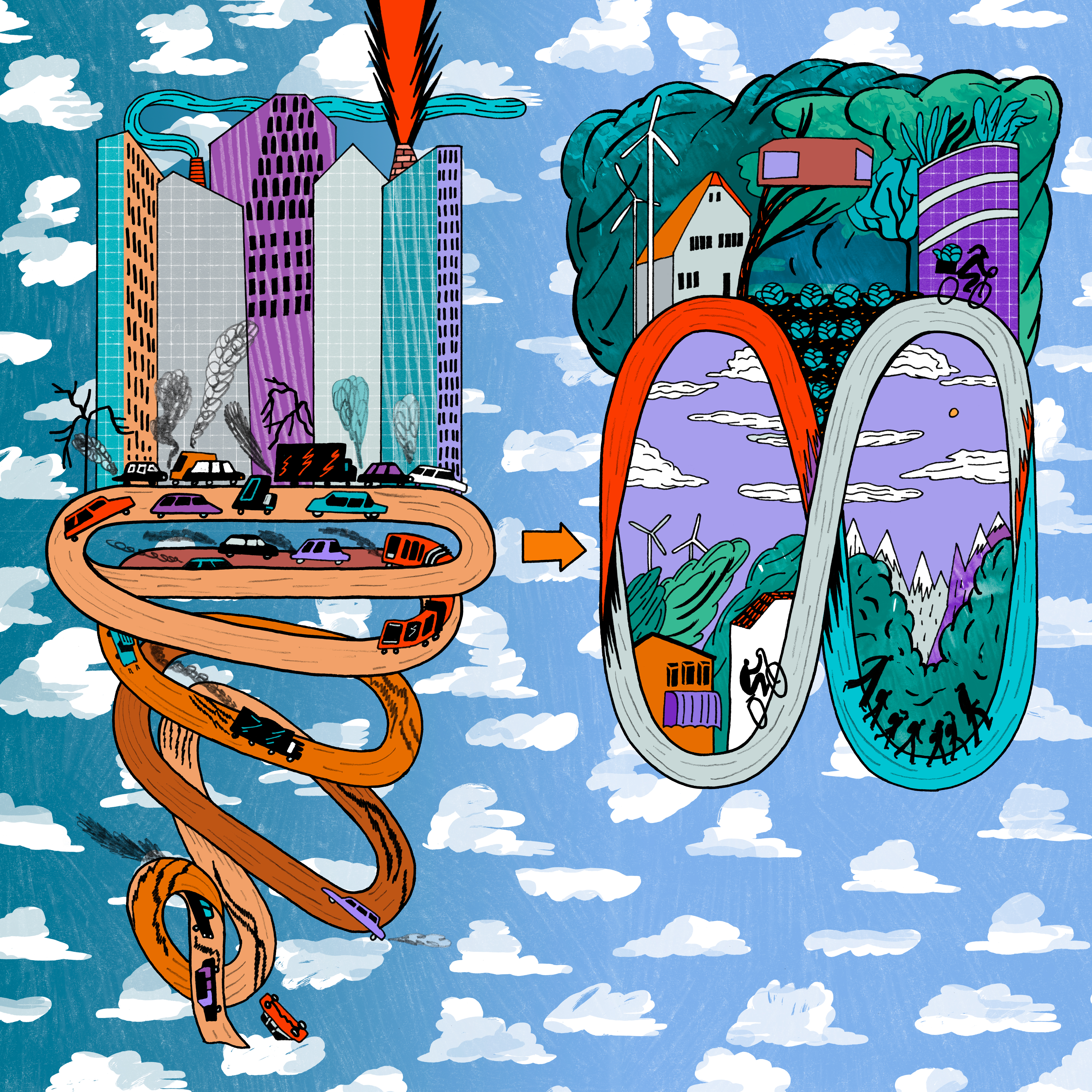
Transformations/Transitions for Sustainability
Transformations/transitions for sustainability are big changes in the way we interact with the world, with the intention of addressing the underlying driving forces of unsustainability. Transitions often refers to changes in specific economic sectors, such as a transition away from fossil fuels to renewable energy. Transformations often refers to changes in society, politics and economics that cut across all sectors. For example, a transformation away from neoliberal economics towards a well-being economy.




